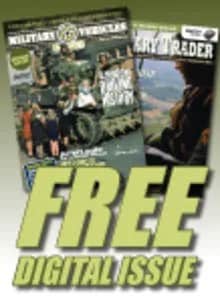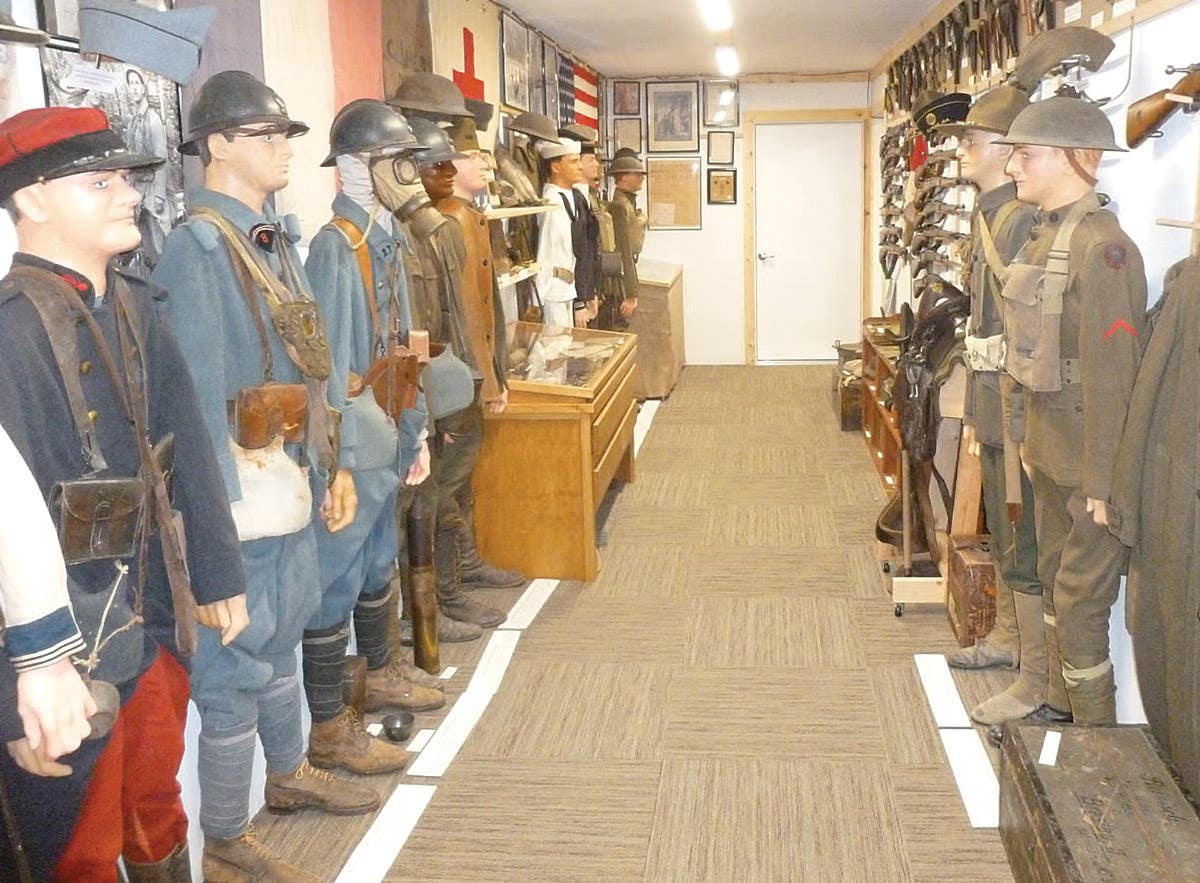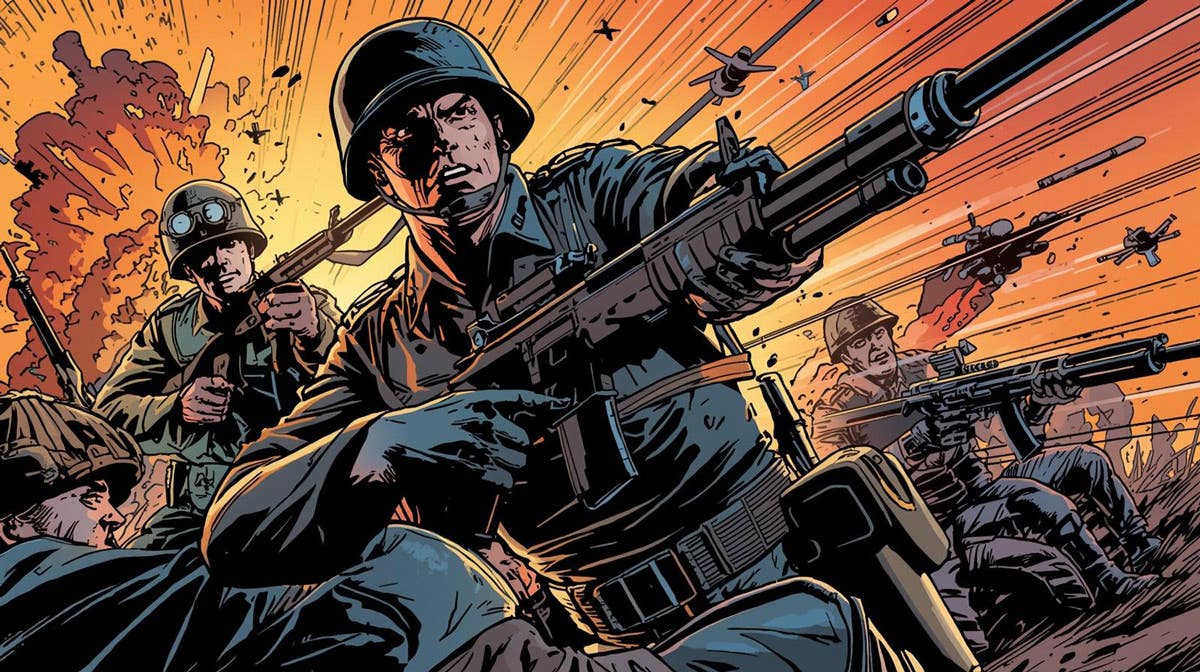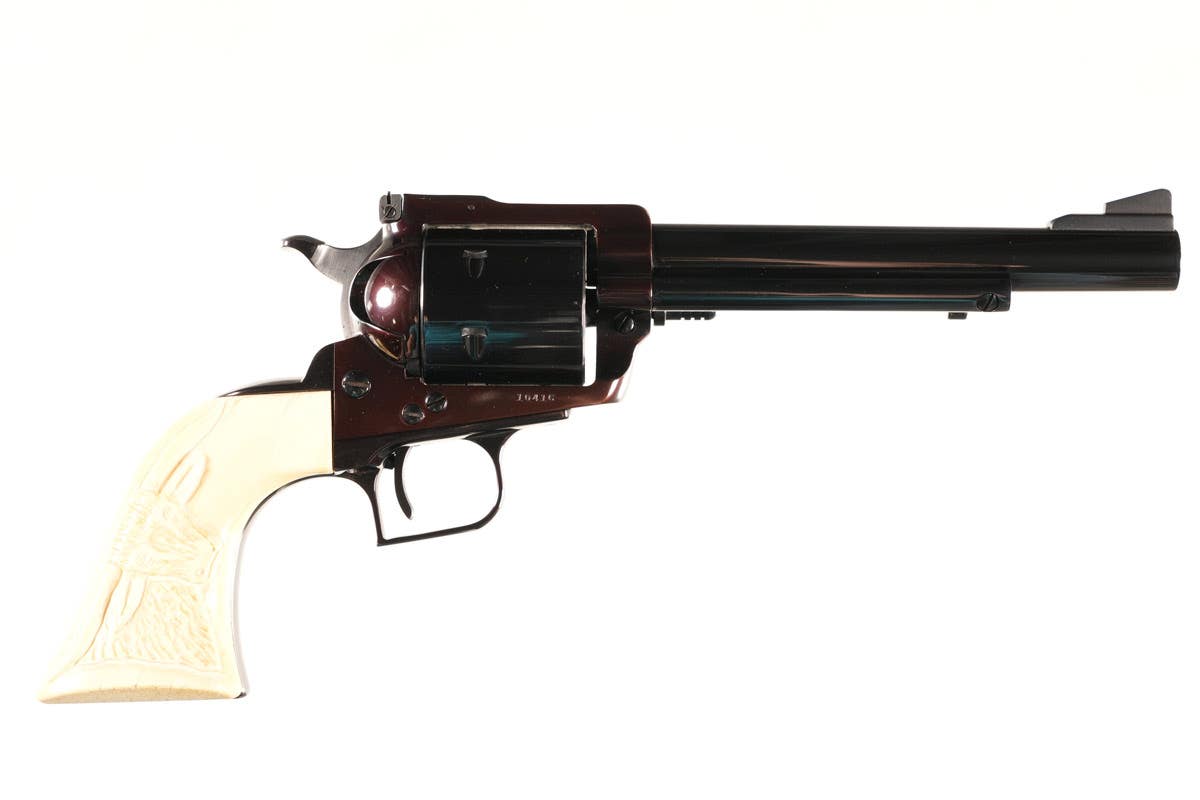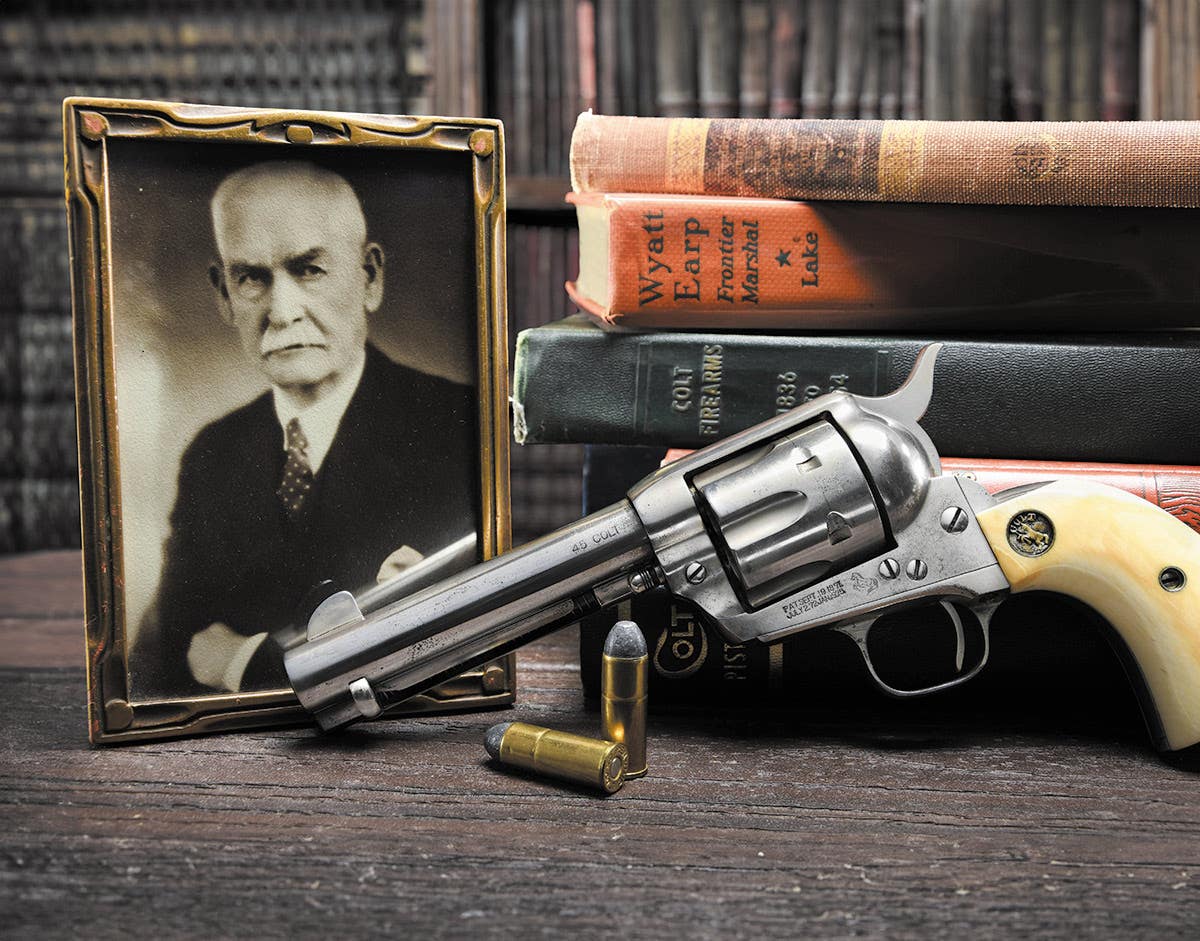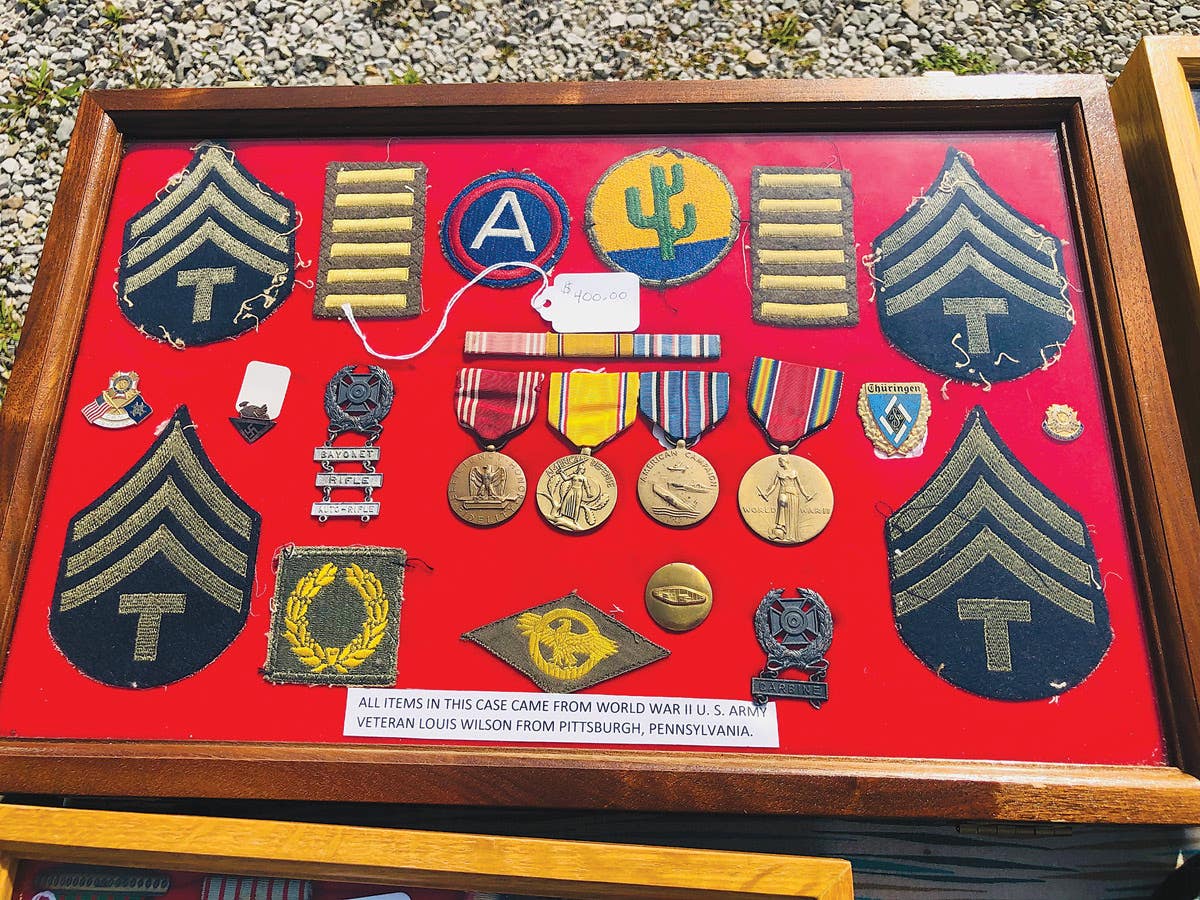Visiting the historic Dorset Trail: Part II
John Norris’ second part of his journey on the historic Dorset Trail
At the end of the first installment tracing my journey around the sites that make up the Dorset Military Trail as compiled by the Tank Museum at Bovington in Dorset, I left you after having completed my first weekend visiting the locations and made my way home from the grave of Jack Mantle, who had been awarded the Victoria Cross for his actions during an air raid in July 1940. A full week on and together with my wife, Elizabeth and our fox terrier dog “Tuppence”, we set out on the second part of our journey of discovery.
I decided that we should drive directly to the Tank Museum just to take a photograph of the war memorial. No disrespect intended in cutting short the visit, but I believed the museum would be very familiar to vehicle enthusiasts and so there was no need to loiter at the site. From there we moved on to a small cottage called “Cloud’s Hill”, just two miles north from the museum, where Thomas Edward Lawrence, better known as “Lawrence of Arabia”, was living when he was killed in a motorcycle crash. Lawrence was an enigmatic character and led an unsettled, troubled life. After WWI he traveled extensively before changing his name to T.E. Shaw and enlisting in the RAF as a mechanic.
His subterfuge was discovered and he left the service, then re-enlisted with the Royal Tank Corps in 1923. On May 13, 1935 he departed his house at Cloud’s Hill, having left the Army several weeks earlier, and took off on his Brough Superior SS100 motorbike. The road had a number of turns and dips, and while riding he swerved to avoid two boys and collided with a tree. He died six days later and was buried at St Nicholas’ Church in Moreton, Dorset. A 7-mile-long walking route has been established from Bovington Camp following locations and sites connected to Lawrence and ends back at the museum. This came as something new to me and, being interested in his life, I have already decided to come back at a later date to walk the route.
From Cloud’s Hill I could have directed my trusty driver to head south towards Tyneham, a small village which had been evacuated during WWII to expand the training area for the Army. However, because I remembered I had previously discussed this location in one of my earlier John’s Journal reports, and not wishing to repeat myself, I decided to skip that and go directly to the next destination, which was the museum of the Royal Corps of Signals at Blandford Forum. As we passed along the Dorset country roads, I thought about the American forces that had been based in the area during WWII and reflected how some of them would have driven down the very same roads we were now traveling.
The museum is situated inside the boundary of the operational military camp that is the barracks for members of the Royal Signals and lies just outside the town of Blandford Forum. It was only a 15-mile journey and as we approached the camp we had to go through security regulations and vehicle checks. The procedure was routine and once passed through we drove around to the museum. It’s a large, purpose-built building with larger items displayed outside that set the scene for the remainder of the visit. A small entrance fee goes towards the maintenance and operation of the museum.
The exhibition is modern, with a number of interactive displays, but also includes the traditional display covering 200 years of history, telling the story of communications in the British Army, including the Boer War, Crimean War and the post-war conflicts such as the Falkland Islands, Iraq and Afghanistan. There are life-sized dioramas and cabinets full of weapons, uniforms and personal objects.
It is a family-oriented destination to suit all ages, and veterans frequently visit with their family groups. There are many surprising and fascinating displays full of facts and details, such as the use of pigeons that carried messages in both world wars. The medal gallery is a delight for collectors to visit and the Royal Signals holds plenty of prestigious awards presented to Signallers, including Military Crosses and Distinguished Service Orders. Learning the story behind the military medal awarded to Corporal Waters for his epic service at Pegasus Bridge on the night of June 5-6, 1944 is inspirational.
Wandering around the galleries and becoming involved with the interactive displays takes up time, but the experience is very much worthwhile. We had just enough time to fit in two more sites as we made our way back home. The first was a quick pause at the memorial at the former RAF Tarrant Rushton airfield, from where Major John Howard flew to complete his mission to capture the bridges at Benouville on the night of June 5-6, 1944 — another link back to Corporal Waters and his military medal. The last stop of the day was the memorial to the Royal Naval Division, which commemorates that group’s role during the Gallipoli Campaign in WWI.
The following morning we set out for our last day of sightseeing to complete the list on the Dorset Military Trail. We followed the route towards Dorchester along the A37. We skirted to the southeast of the town to make our way to the memorial at the former site of RAF Warmwell, where RAF and USAAF aircraft operated. The nearby church contains some headstones in the graveyard for those killed during operations in WWII. It was a very moving visit and poignant in its intimacy preserved in this quiet, little village.
From here it had been my intention to visit the coastal defenses along Chesil Beach, where trials of the “bouncing bomb” as used against the German dams during “Operation Chastise” on the night of 16-17 May, 1943 were conducted. Unfortunately, we came up against the only obstacle encountered on our journey — a traffic incident and subsequent backup —which prevented us from visiting the site.
Undeterred, we decided to head east towards another remote location called Worth Matravers, a distance of only 20 miles down some very winding country lanes. Eventually, we arrived and were surprised to discover a carpark near the memorial to commemorate the secret experimental work conducted there during the war. Today the isolated site is popular with walkers and there is nothing to indicate what had occurred at the location — no buildings or plaques. Using old photographs downloaded onto a tablet and an Ordnance Survey map, I pieced things together and followed the route to the memorial.
The path we followed was rutted and winding, and passed an old stone quarry. After more than two miles we spotted the Coast Guard station, next to which was the radar memorial, created to look like a radar dish or bowl. There were all the details of the history of the site and we found the remnants of a base to one of the towers. Otherwise there was nothing much to see.
Photos taken, it was time to walk back to the car. Fortunately, there was an old pub where we enjoyed a sandwich and a refreshing drink before continuing on our quest. The last site to visit would have been Fort Henry in Studland Bay, where training exercises had been conducted for D-Day. This is another site I had mentioned in an earlier Journey feature and there was no great need to repeat the visit.
So we headed home after another busy weekend, having covered more than a few hundred miles, to unwind and download all the photos we had taken. The sites we visited represent just a tiny fraction of what the county has to offer in terms of military history.
I will probably find myself making up my own list of sites to visit in this fascinating part of England, and when I do I’ll make sure to pass on the experience — complete with photographs.
